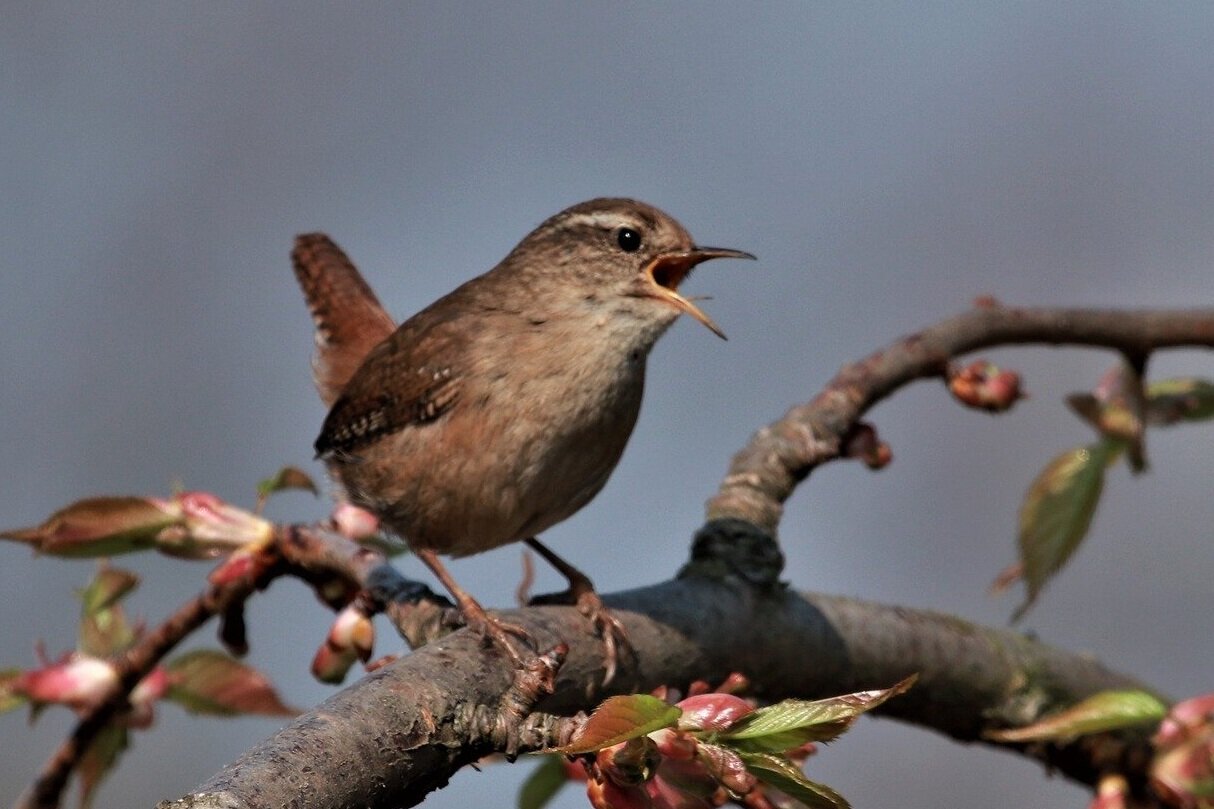Wren
Troglodytes troglodytes
‘Undergrowth powerhouse’
If the phrase ‘punching above your weight’ should be applied to any bird it’s the Wren. One of the smallest and yet loudest residents, the Wren makes its home in almost every habitat we have in Britain.
Song notes:
The song of the Wren is bright and reliable. It can go on blasting out that same phrase with incredible fidelity, hour after hour.
Unlike many of the birds with which they share their neighbourhoods, Wrens deliver their song from a relatively low position - often atop a shrub or fence post.
The strength and regularity of the song are its clearest giveaways. It’s easy to pick up because once you know the tune you will hear it all over the place, from gardens, urban parks and woodland through to windswept hillsides, coastal headlands and marshes.
Wrens lack an off-button. They sing on still days in winter, and strongly from early spring, through the summer and into autumn.
Other calls
The strong, stoney ‘tchk!’ alarm notes of the Wren are a familiar sound, often giving away the presence of a bird in nearby undergrowth.
This call from the Wren is also probably the single most helpful clue to the presence of ground-based danger nearby. This is often a cat or a person (maybe it’s you), but it could be a fox, stoat or something else that would otherwise pass you buy.
These notes are often strung together into an intolerant trill.
The wren is watching me. I breathe out as quietly as I can. His tiny eyes are a brilliant, liquid black—he blinks. He is the smallest bird I see in these woods, but his song is the loudest and this is why, openheartedly, simply, gratefully, admiringly, I love him. He dazzles my ears. There is courage here, cocky, proud, brave and beautiful. This is undaunted gift; how much sheer magnificence can you pack into one tiny wren?
Media credits
Wren image by ray jennings from Pixabay


